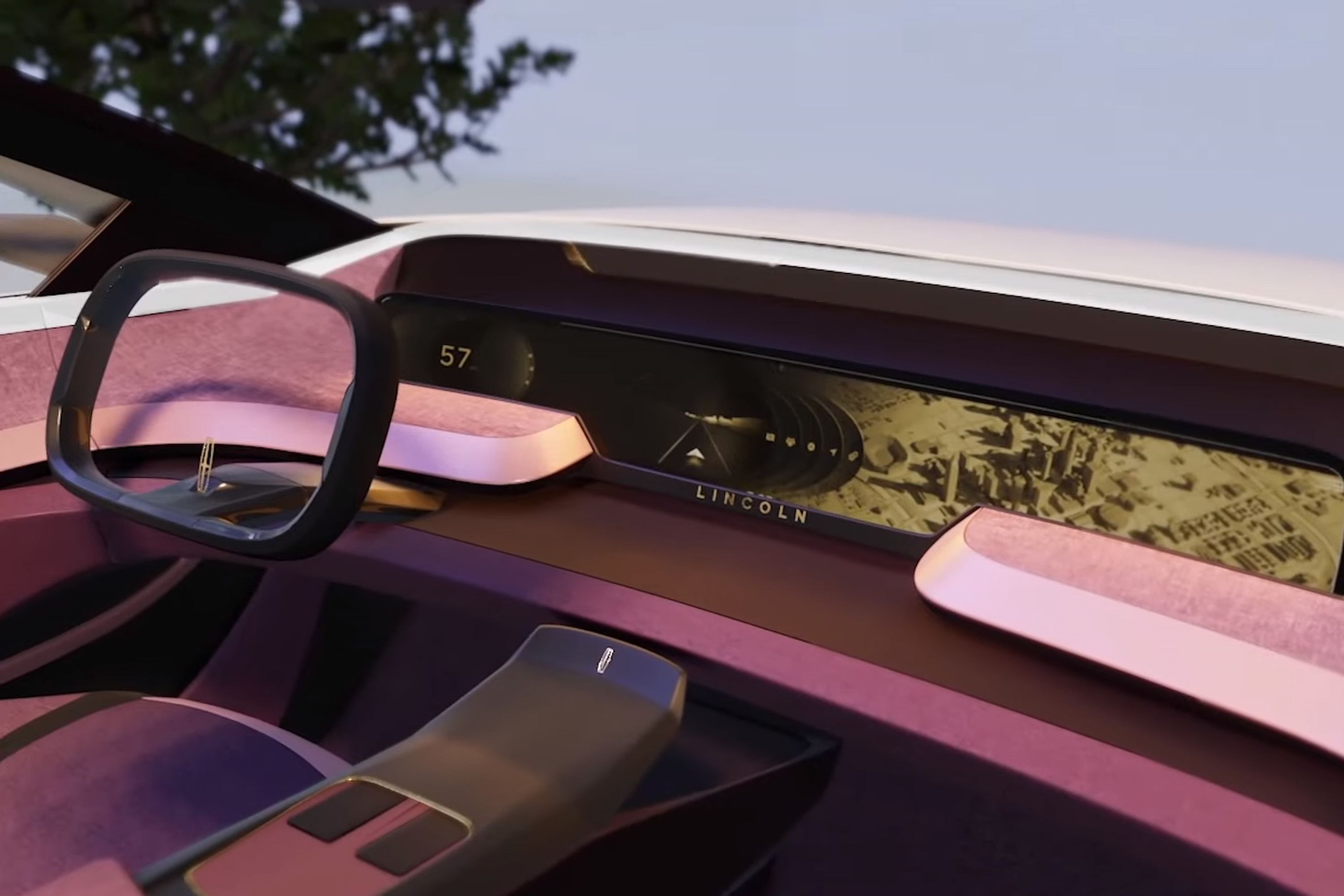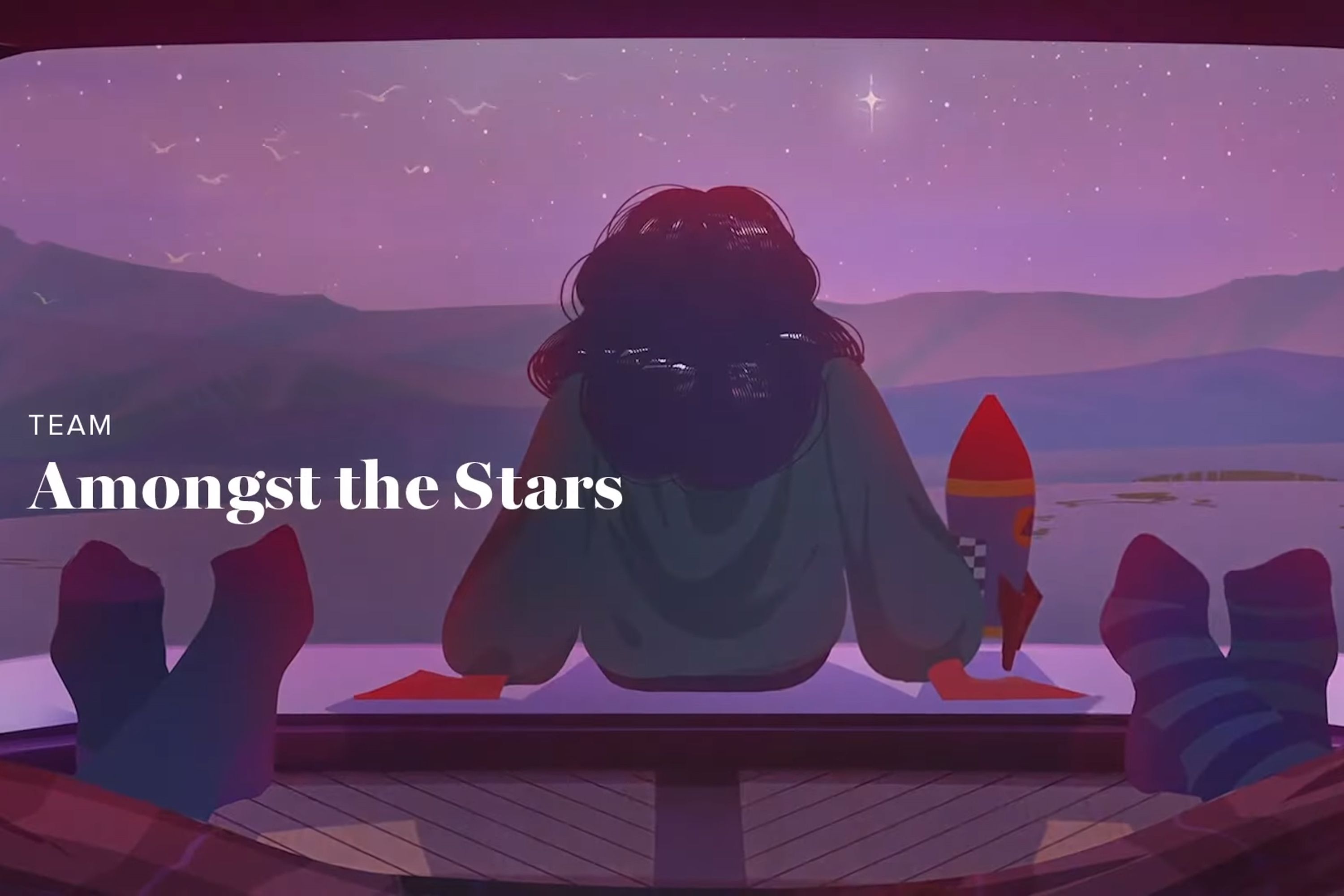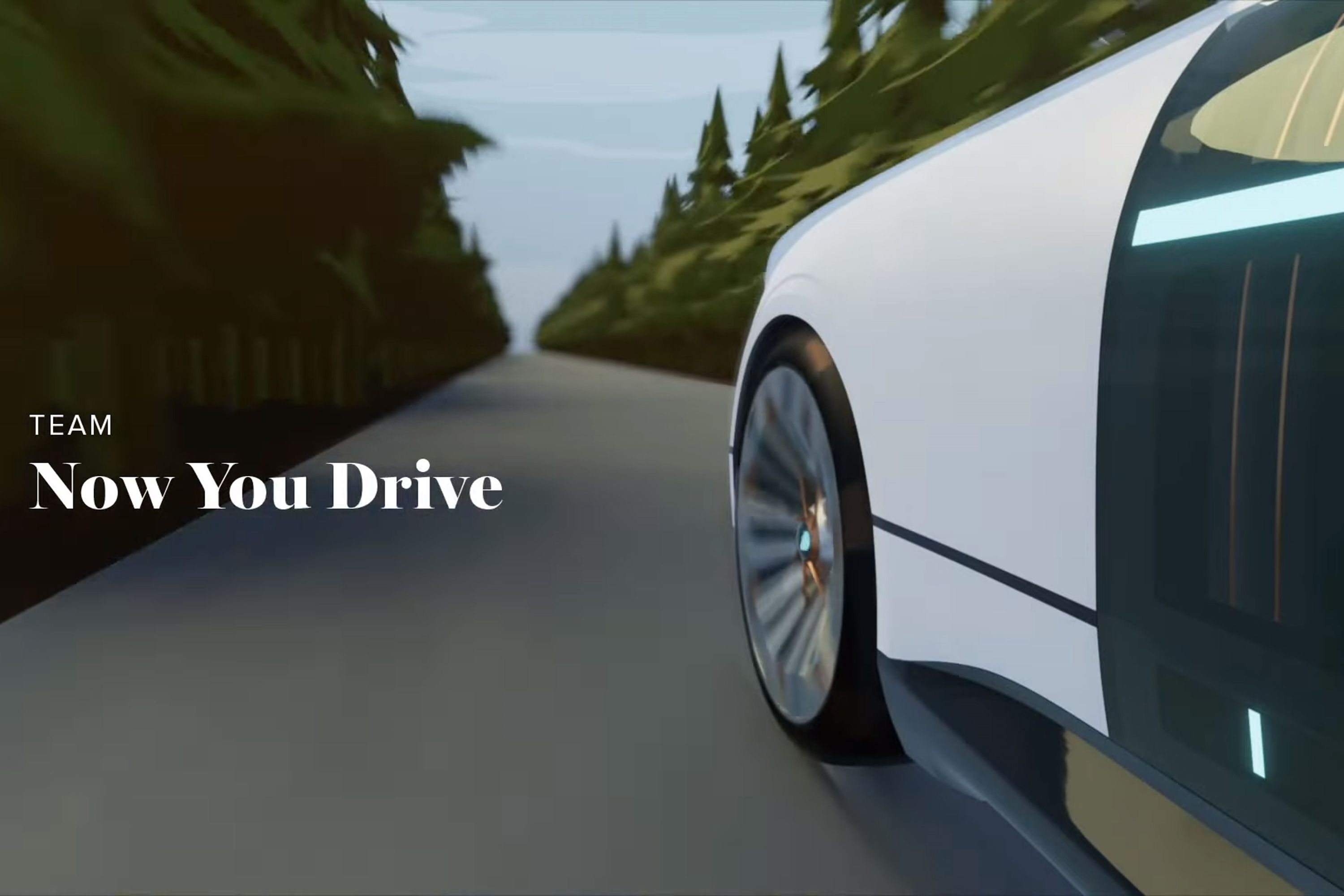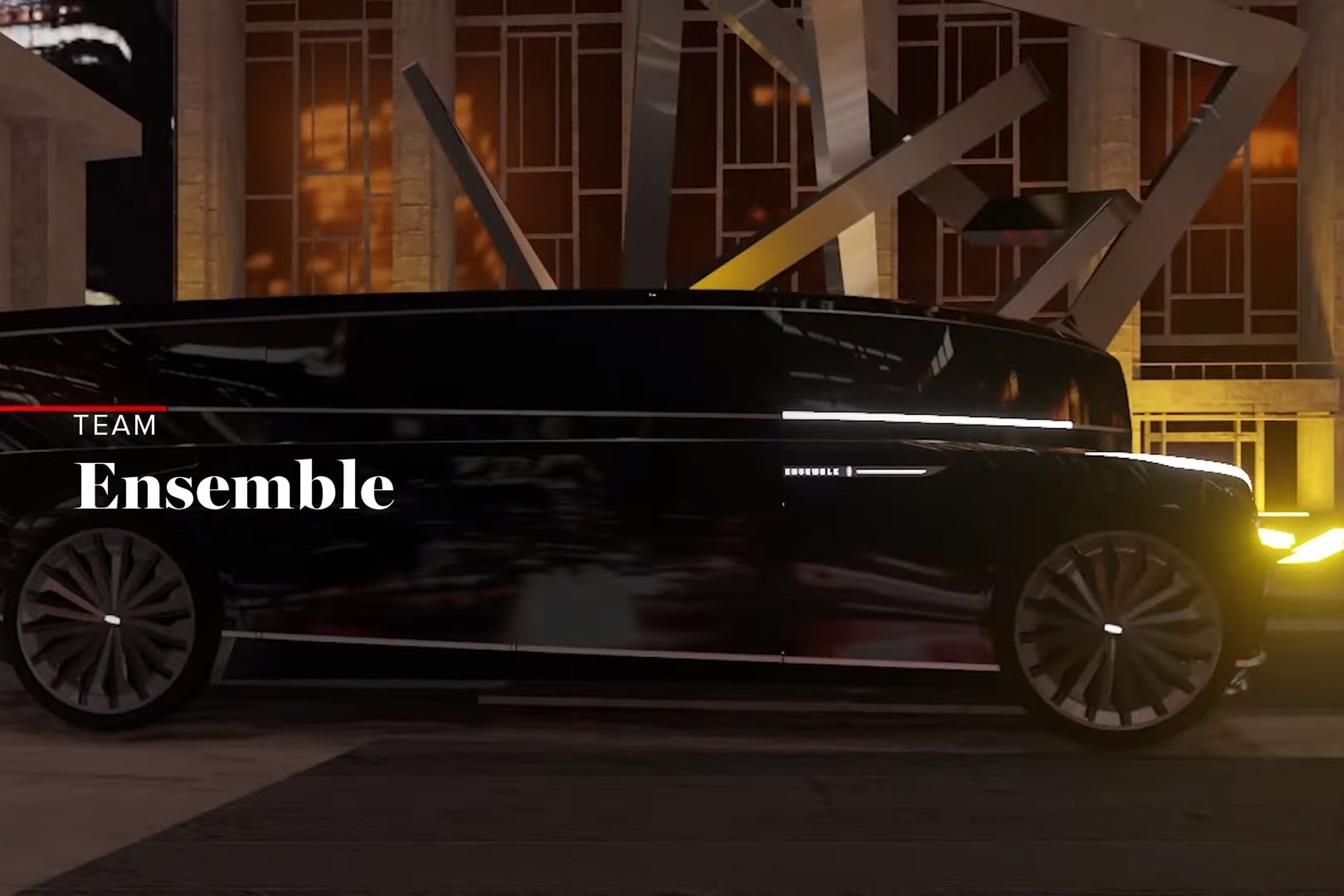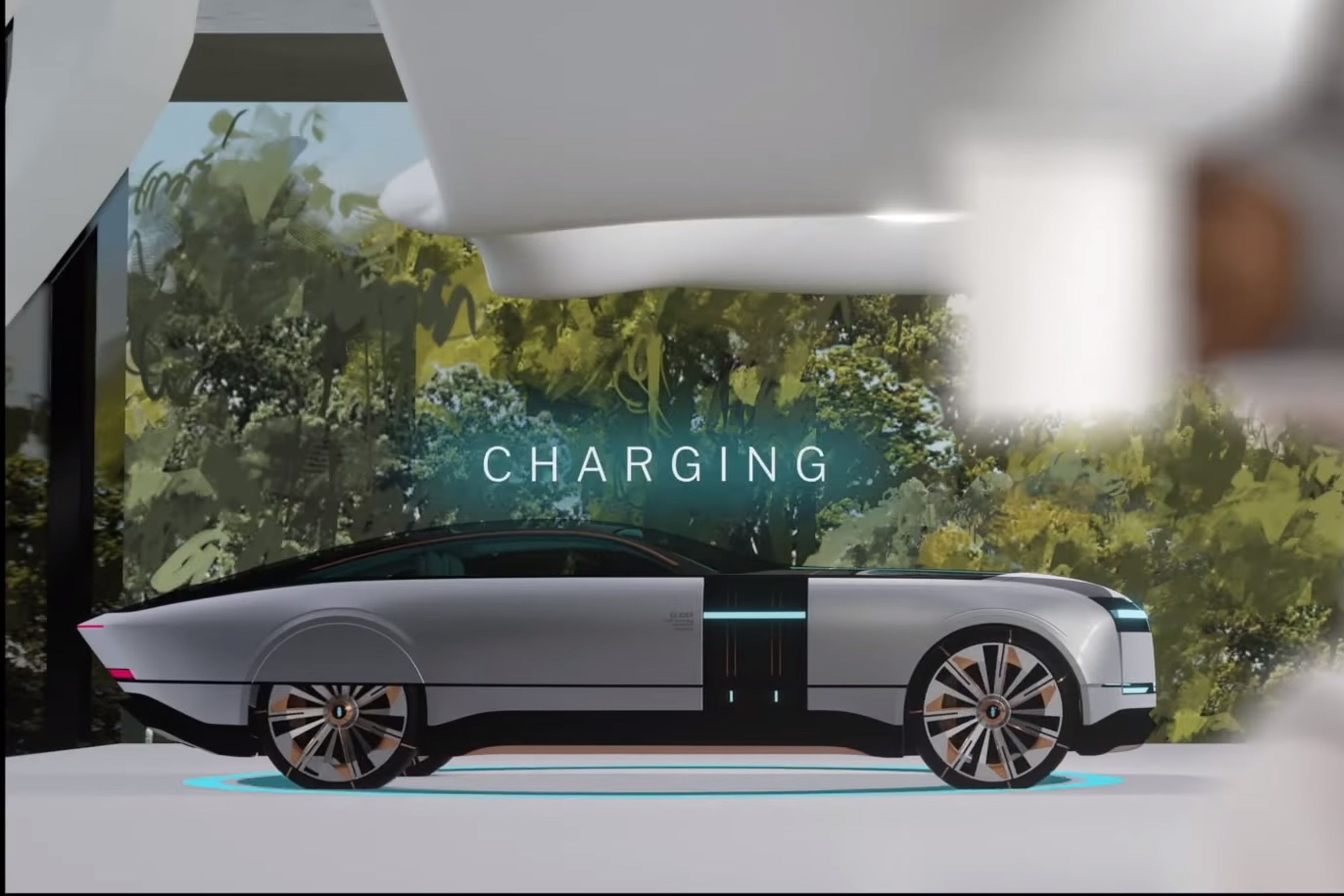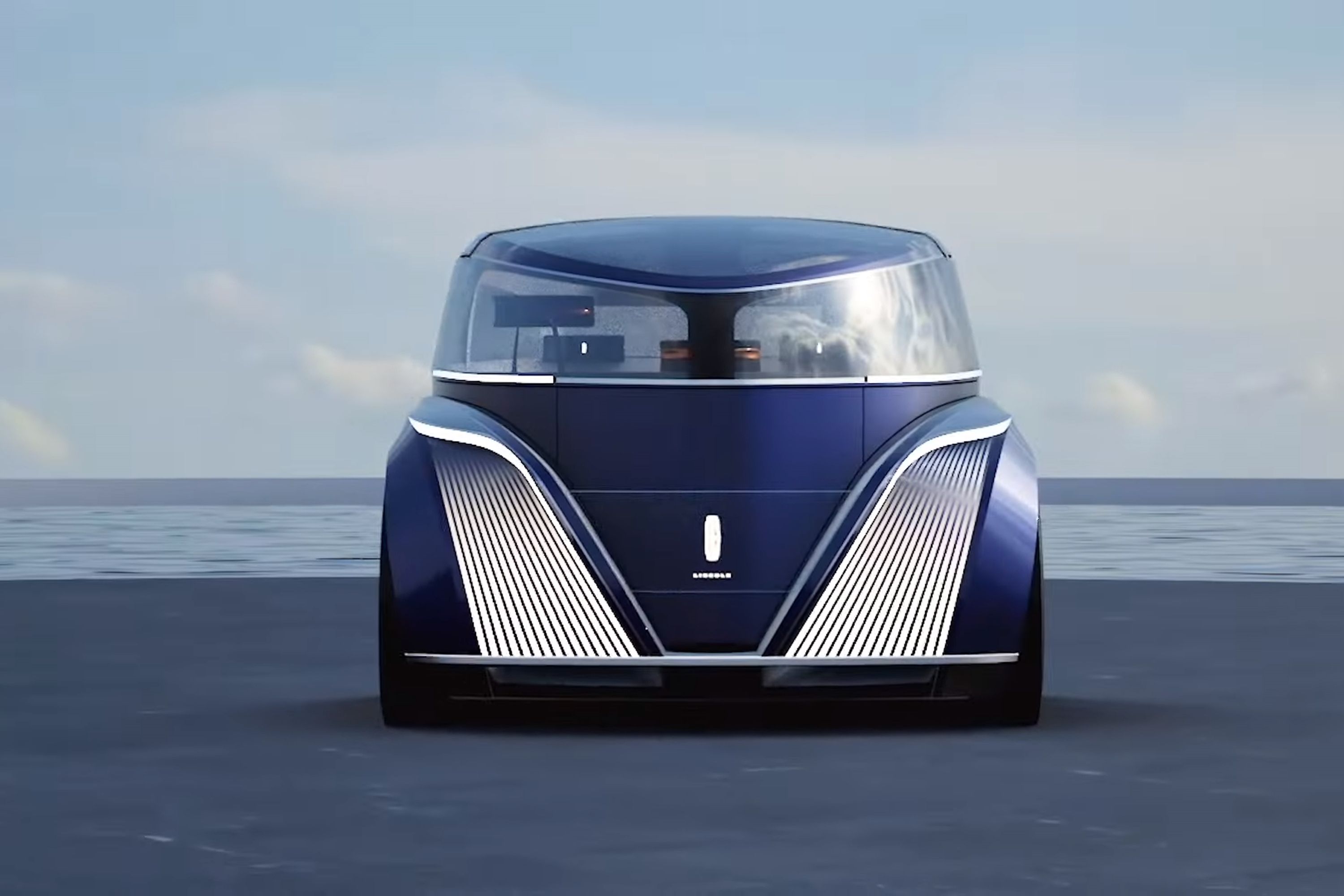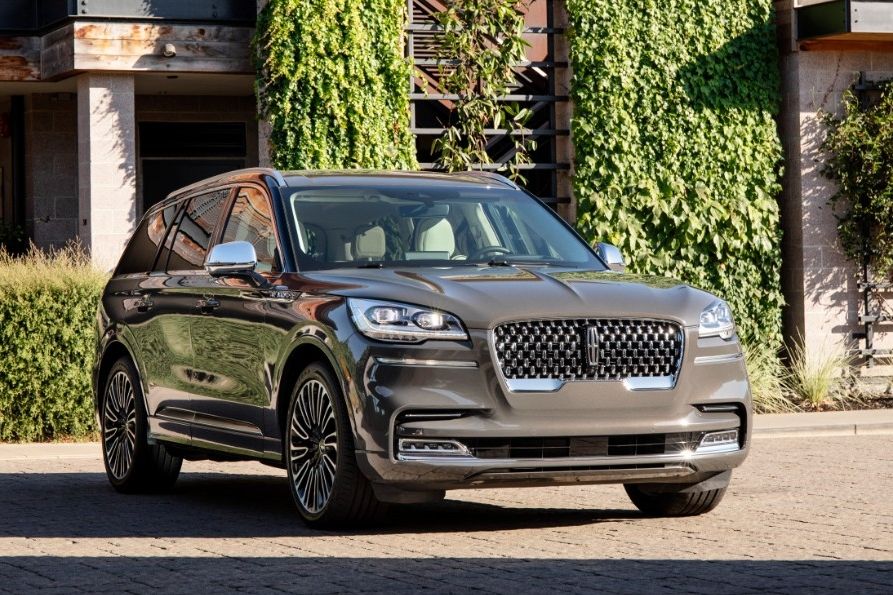
Lincoln is often forgotten in the wave of near-luxury and luxury vehicles coming to market at a breakneck pace. But quietly it's been creating some of its best designs in company history like the Lincoln Aviator, even if some of those designs aren't always slated for US sales. To keep that momentum going, and to look 20 years into the future, Lincoln tapped the ArtCenter College of Design in Southern California.
It brought four teams of transportation design students from varying disciplines including film students, entertainment designers, illustrators and animators. Lincoln and its global design director told the teams not only to create a Lincoln vehicle for 2040, but also to create "the world in which those vehicles live - even the lives of the people who drive them."
"ArtCenter is known for great vehicle design, and it's in the heart of Hollywood," said Jordan Meadows, global strategic design specialist for Lincoln, and assistant professor at ArtCenter. "More than just the vehicles themselves, we were looking for that great narrative development, that rich storytelling. It's so important to understand the future ecosystem in which a concept vehicle will live."
This project happened during the Covid lockdown, so the teams met virtually. Lincoln says that normally projects like this would be presented personally to the big wigs, but instead they hopped online with the students, who got to meet Ford CEO Jim Farley, Lincoln president Joy Falotico, chief product platform and operations officer Hau Thai-Tang, Lincoln North American director Michael Sprague and designers Moray Callum and Kemal Curic.
The brief from Lincoln focused on "quiet flight," meaning to create a beautiful, gliding, human, sanctuary; and to adhere to the company's CASE acronym: Connected, Autonomous, Shared and Electric.
We can see from these designs that the students took the advice to heart, creating big family vehicles with swiveling seats, tough-looking grand touring coupes and even a six-passenger boulevard cruiser. Let's take a look at the teams.
"Anniversary" is about a sleek four-passenger Lincoln grand tourer with technology that can access the photos and locations of your life (if we had to guess, it would probably be connected to your social media accounts). It features couple Julianne and Greg on their 30th wedding anniversary. The revisit some favorite spots from their youth as "their Lincoln sedan is able to access digital images of the past and display their fond memories on the dashboard."
"Amongst the Stars," is about a four-door family SUV with a massive glass roof and future tech like touchscreen windows. It follows an astronaut who's about to go to space, and who is recalling the family trip to White Sands National Park. The roof augments and brightens the constellations, pointing them out to the little girl. "She gazes through the windows and moonroof and first tastes the excitement that has come to shape her life as an explorer of the unknown."
In "Now You Drive" the Lincoln takes cues from classic Zephyr and Continental models. It features 36-year-old Dominic who goes to pick up his handicapped father in the city. He stores his dad's wheelchair in the back and since the vehicle can drive autonomously, dad can take the drivers seat, only controlling the steering wheel "as the vehicle's gas and brake pedals disappear into the firewall, allowing him to get behind the wheel again for the first time in years."
"Ensemble" is a luxury transport, for this presentation it was imagined as a band van. The big Lincoln has space for six and "more closely resembles a well-appointed living room." To us it looks like a lower, smaller version of GM's Futureliner from the old Motoramas. Here the musicians can relax before their big gig, autonomously cruising through the city to the venue, possibly practicing their riffs.
Even the weirder ones are cool, which makes us optimistic about the future of auto design. With kids like these in charge, we expect nothing but greatness, even as the autonomous boxes come for our sports cars.
"I just love the fact these teams are pushing us as a leadership team to get back to the basics of brand experience and differentiation," Farley said. "Thank you for putting humans, not the technology, first."

